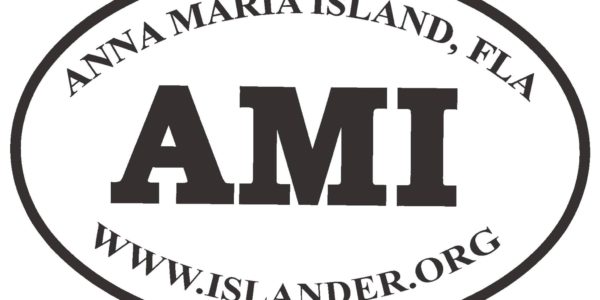After the Deepwater Horizon oil rig exploded in April 2010, local tourism officials worked to convey to the rest of the world that the oil gushing from the well — for 87 days — didn’t taint Anna Maria Island’s shoreline.
Islanders also expressed relief that the disaster occurred up north, but we shared common grief over the suffering and agonized over the losses. The worst environmental disaster in U.S. history didn’t occur in sight from our shoreline, but it happened in our Gulf waters.
The oil spill caused an “ecosystem-level injury” — in the words of the final assessment survey — to the Gulf of Mexico, and bird mortality from the spill was conservatively estimated at 51,600-84,500. Other estimates put bird mortality over 1 million.
Vulnerable species, such as piping plovers, least terns, Wilson’s plovers and black terns, were heavily oiled and badly injured. Brown pelican populations, too, were devastated — only months after being removed from the endangered species list.
Today, nearly nine years after the disaster, efforts at recovery continue.
Earlier this month, the National Audubon Society released its vision for “restoring the Gulf of Mexico for birds and people.”
Audubon’s vision for restoring coastal habitat to benefit the birds — and people — would make use of some of the $20.8 billion settlement between BP and the U.S. Department of Justice. The 2015 settlement provided for payouts over 15 years.
Audubon’s proposal would put $1.7 billion into 30 restoration and conservation projects, including work in our region, where some birds rescued in Louisiana after the spill were released.
One project involves protecting and conserving habitat at the Richard T. Paul Alafia Bank Bird Sanctuary breakwaters in Hillsborough County. The sanctuary is the largest wading bird colony on the west coast of the state, with 5,000 pairs of nesting birds. The largest colony of roseate spoonbills in the state is in the sanctuary.
Tropical weather systems and freighter ship wakes in Tampa Bay continue to erode the sanctuary’s northern shoreline, but installing more wave attenuation devices can help protect the site, and that’s Audubon’s goal.
Another effort to protect and conserve habitat involves installing nearshore breakwaters to protect rookery islands in the Tampa Bay region, including one on the Braden River in Manatee County, and several in Pinellas County.
Regionwide, Audubon’s plans include:
• Promoting stewardship of bird habitat.
• Researching the population and distribution of black skimmers.
• Studying the possible creation of new Gulf islands as bird sanctuaries.
• Protecting and restoring high marshes.
“Never before has this amount of funding been dedicated to ecosystem restoration,” says Kara Lankford, Audubon’s director of Gulf Coast Restoration.
This column was published in The Islander newspaper.
Archives for The Islander are online here.
